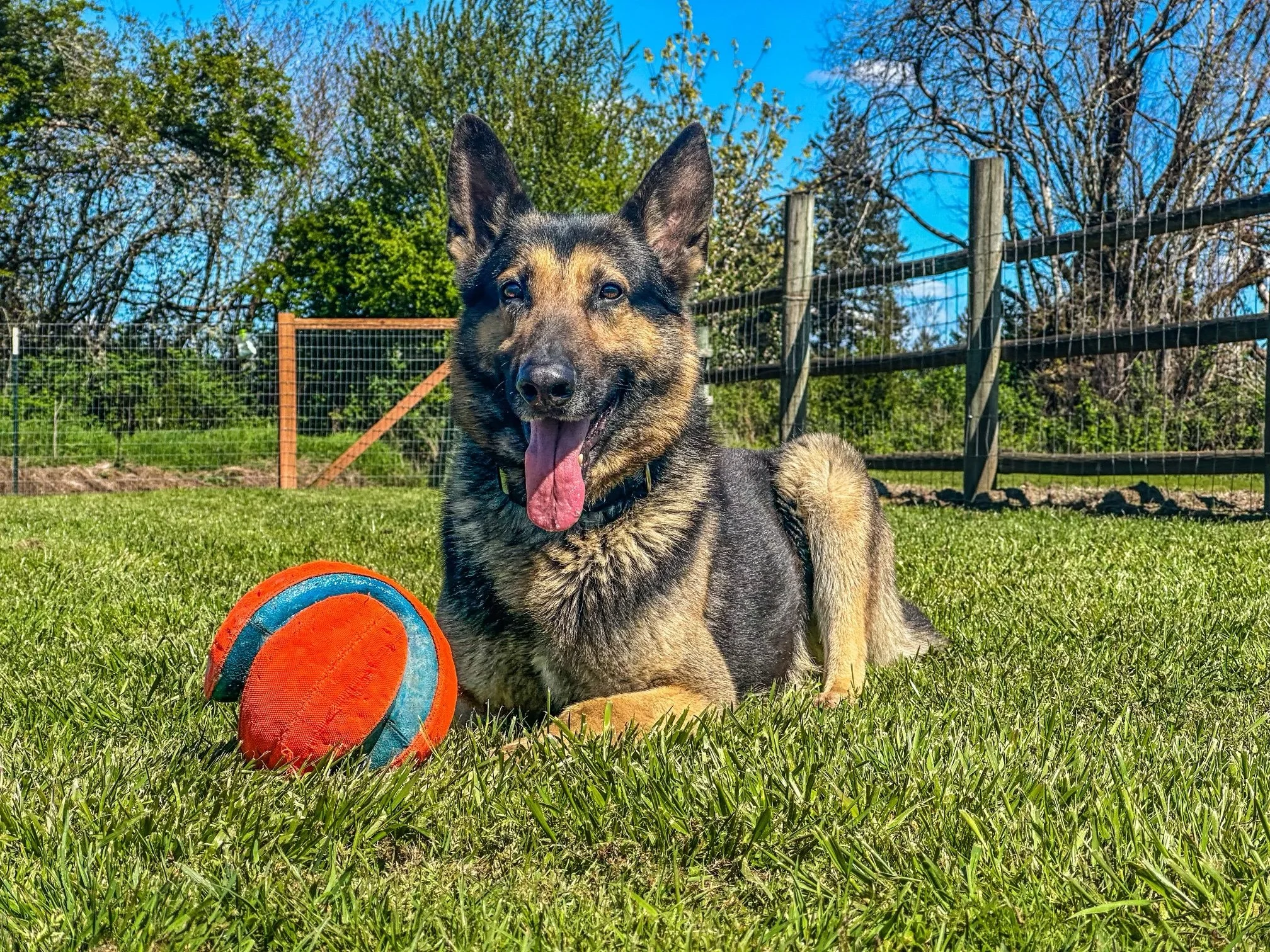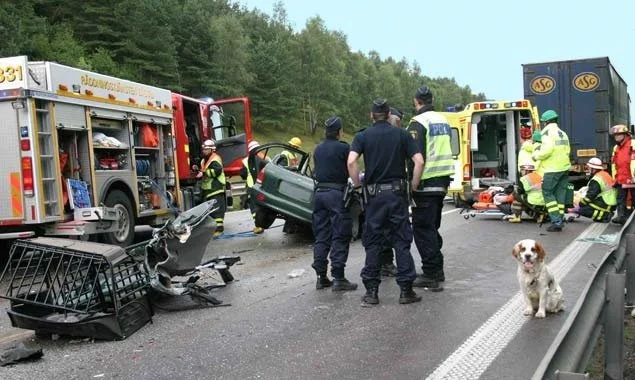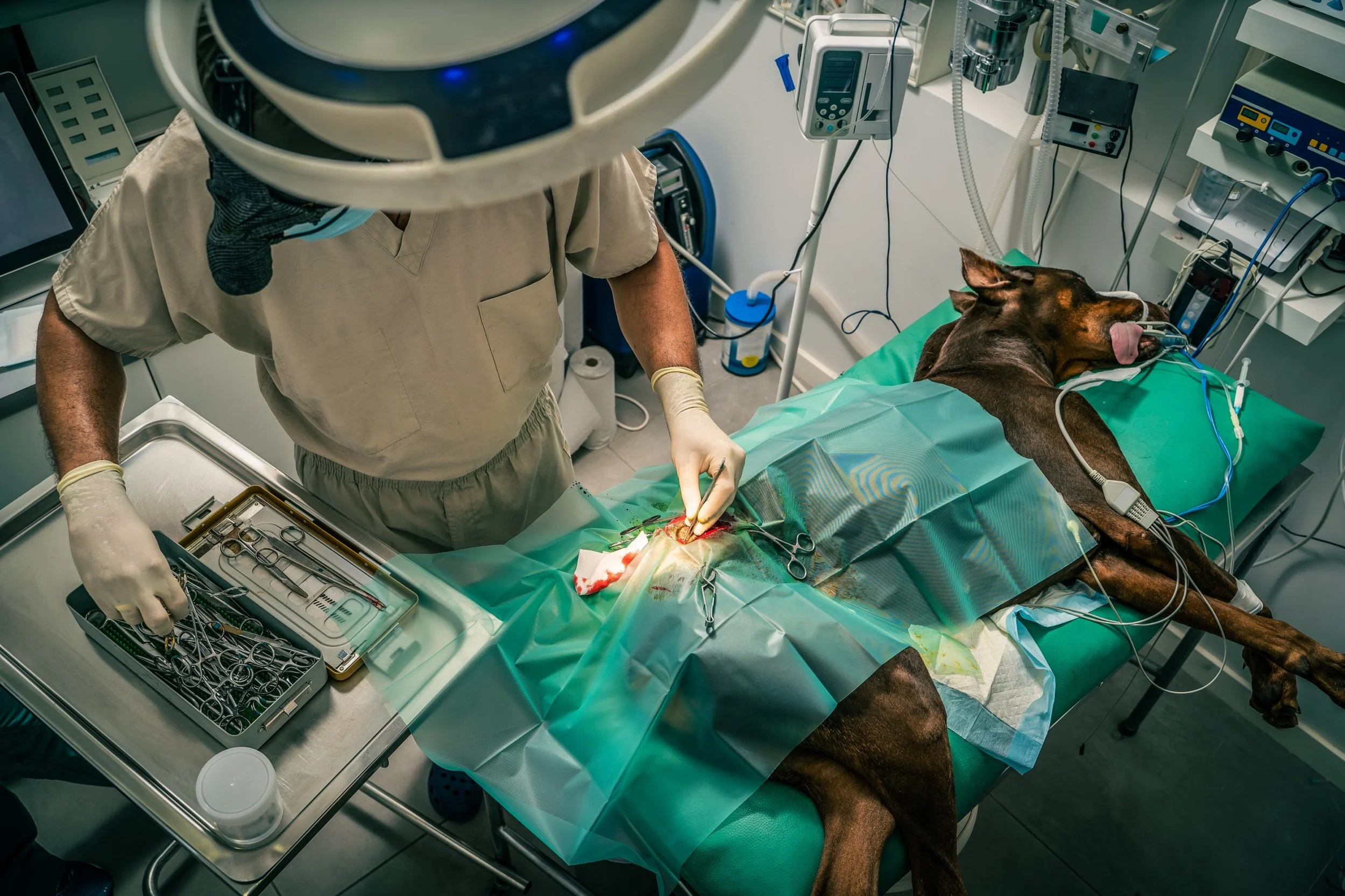Last Wednesday, what began as a routine day turned into a life-altering experience when my wife's German Shepherd, Rogue, developed Gastric Dilatation-Volvulus (GDV), a potentially fatal condition. As I was teaching a class in my barn, Rogue's increasing distress caught my attention. His whining escalated from mild to severe, and upon checking, I found his belly alarmingly distended. Recognizing the signs of GDV from my knowledge of canine health, I knew we were in a race against time. With my car in the shop, a client volunteered to drive us on the hour-long journey to the nearest emergency veterinary clinic. Every minute of that drive was filled with fear and uncertainty, knowing that GDV's mortality rate increases significantly with each passing hour.
In this article, I will explain the harrowing journey of Rogue's battle with GDV, from the emergency surgery to his challenging recovery in the ICU. I'll delve into the complexities of the surgical procedure, including how the surgeon managed to save Rogue's spleen despite finding blood clots. Moreover, I'll explore the science behind GDV, discussing its causes, risk factors, and prevention strategies. Drawing from our experience, I'll highlight the critical importance of early recognition and rapid response in GDV cases. The article will also cover the long-term implications of GDV, both physical and emotional, for both the dog and the owner. Finally, I'll share the valuable lessons learned from this ordeal and how it has transformed our approach to canine health care, hoping to raise awareness and potentially save other dogs' lives.















